When driving north to leave the city on the Bronx River Parkway, just passing Gun Hill Road in the North Bronx, the rolling hills and quiet beauty of the Woodlawn Cemetery accompany the way.
Founded during the third year of the Civil War, the Woodlawn Cemetery was designed as a “rural cemetery,” a product of the Romantic Era. Throughout the years it has managed to remain so, and has become an oasis of art, history and ecology in the midst of a growing city.
In the words of Edward Streeter, writer of “The story of the Woodlawn Cemetery,” “to pass through its great entrance gates into the tree shaded roads is like entering another world.”
 The Woodlawn Cemetery, set on Webster Ave & East 233rd St in the North Bronx, is one of the most important cemeteries of New York City. (NYC News Service/Patricia Rey Mallén)
The Woodlawn Cemetery, set on Webster Ave & East 233rd St in the North Bronx, is one of the most important cemeteries of New York City. (NYC News Service/Patricia Rey Mallén)
 Extending over 400 acres, the Woodlawn Cemetery is the second oldest organization and the largest cemetery of Bronx County. (NYC News Service/Patricia Rey Mallén)
Extending over 400 acres, the Woodlawn Cemetery is the second oldest organization and the largest cemetery of Bronx County. (NYC News Service/Patricia Rey Mallén)
 Established in 1863, it was designed as a rural cemetery. (NYC News Service/Patricia Rey Mallén)
Established in 1863, it was designed as a rural cemetery. (NYC News Service/Patricia Rey Mallén)
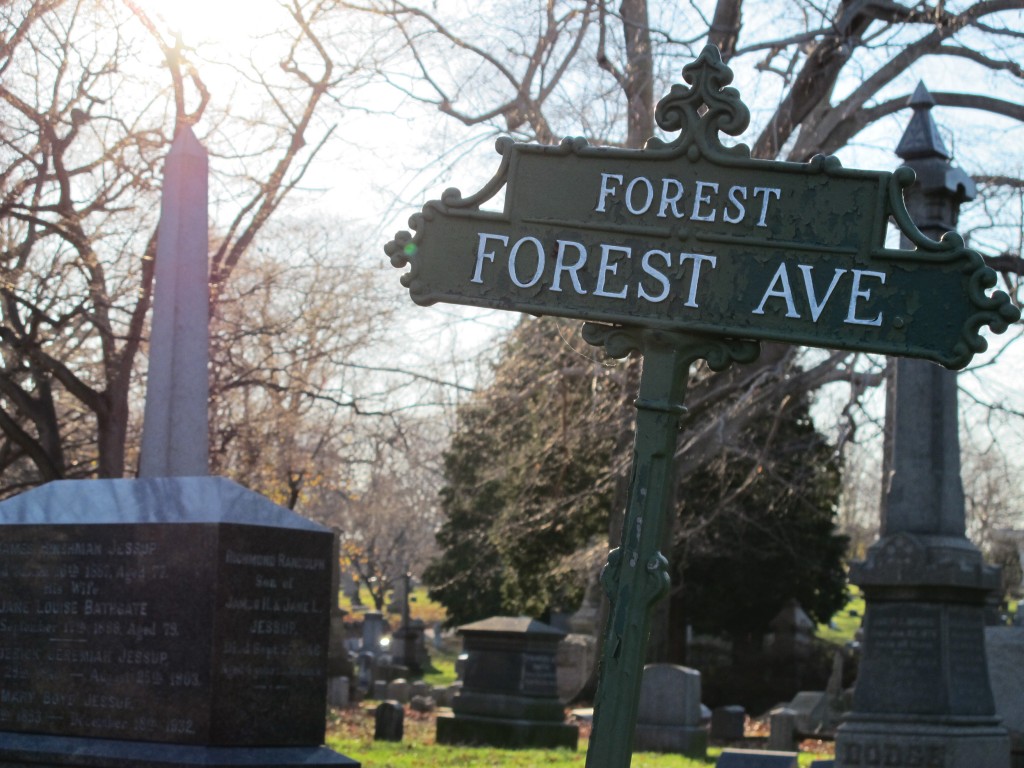 On January 1865, the Woodlawn Cemetery only had one interment. Today, it is the resting place for over 300,000 people. (NYC News Service/Patricia Rey Mallén)
On January 1865, the Woodlawn Cemetery only had one interment. Today, it is the resting place for over 300,000 people. (NYC News Service/Patricia Rey Mallén)
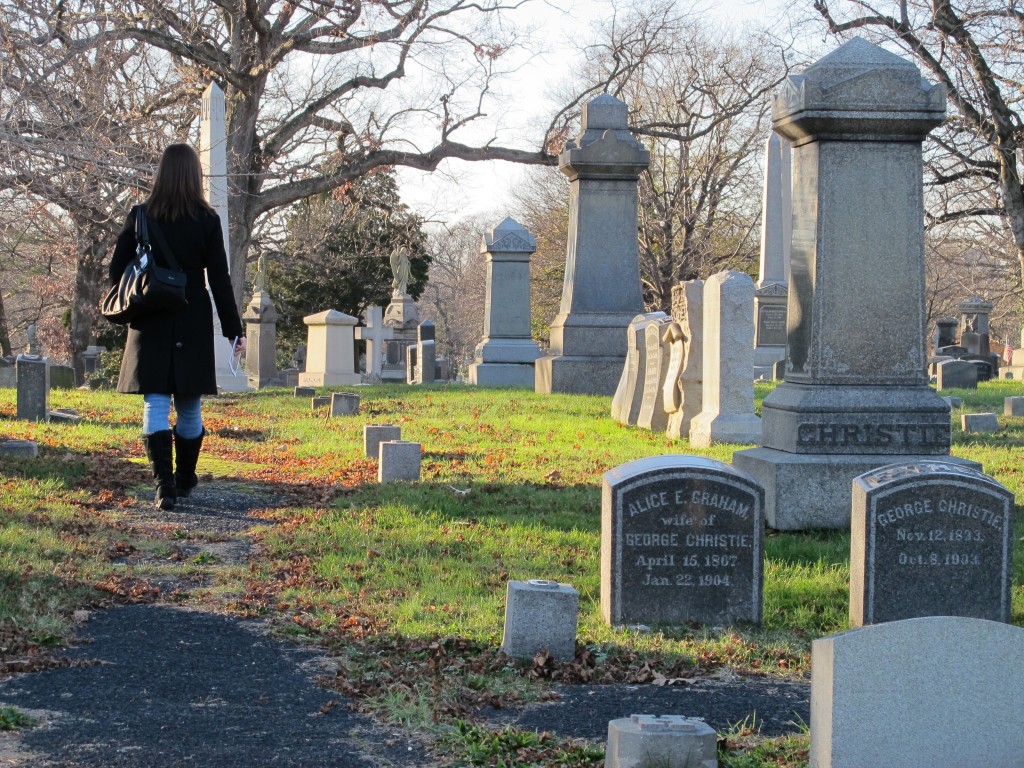 The cemetery is one of the top cultural organizations of the North Bronx and it offers a monthly schedule of free events including concerts, walk tours and theater performances. (NYC News Service/Patricia Rey Mallén)
The cemetery is one of the top cultural organizations of the North Bronx and it offers a monthly schedule of free events including concerts, walk tours and theater performances. (NYC News Service/Patricia Rey Mallén)
 The Woodlawn Cemetery’s “Hall of Fame” includes famous writers like Herman Melville, musicians like Miles Davies, former NYC mayors and veterans from the Cuban and Civil wars. (NYC News Service/Patricia Rey Mallén)
The Woodlawn Cemetery’s “Hall of Fame” includes famous writers like Herman Melville, musicians like Miles Davies, former NYC mayors and veterans from the Cuban and Civil wars. (NYC News Service/Patricia Rey Mallén)
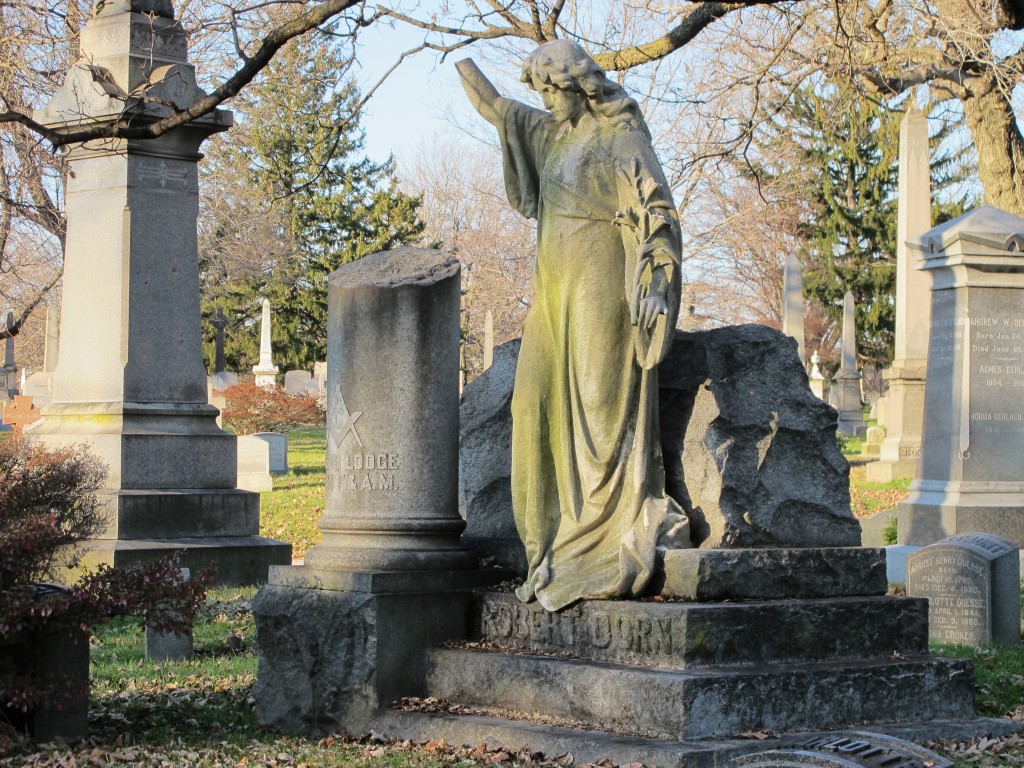 Built on rolling hills, the cemetery sports unique memorials designed by some of the most important architects in the history of the US, such as John Russell Pope or John LaFarge. (NYC News Service/Patricia Rey Mallén)
Built on rolling hills, the cemetery sports unique memorials designed by some of the most important architects in the history of the US, such as John Russell Pope or John LaFarge. (NYC News Service/Patricia Rey Mallén)
 Since its founding, the original space of the cemetery has been sold out, and the organization is currently calculating the number of years that will elapse before the whole space gets to full capacity. (NYC News Service/Patricia Rey Mallén)
Since its founding, the original space of the cemetery has been sold out, and the organization is currently calculating the number of years that will elapse before the whole space gets to full capacity. (NYC News Service/Patricia Rey Mallén)
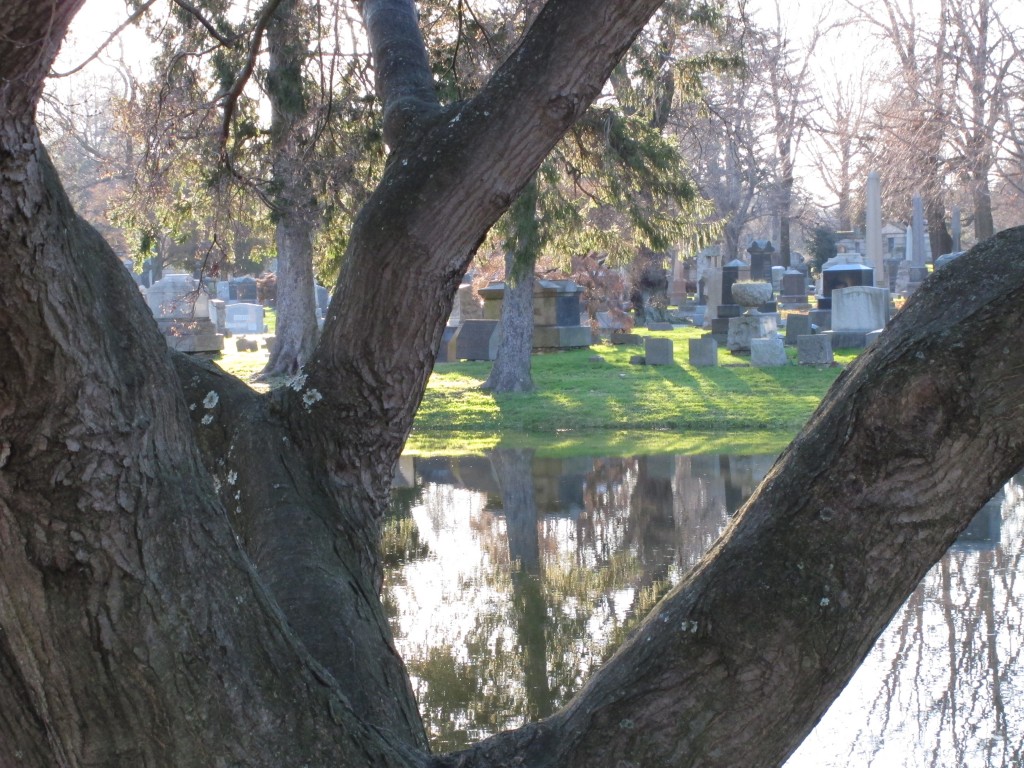 The Woodlawn Cemetery is a natural bird sanctuary, with over 190 different species spotted throughout the year. (NYC News Service/Patricia Rey Mallén)
The Woodlawn Cemetery is a natural bird sanctuary, with over 190 different species spotted throughout the year. (NYC News Service/Patricia Rey Mallén)
 In June 30th, 2011, the Woodlawn Cemetery was designated a National Historic Landmark, because it shows the transition from a rural cemetery to a fully functional 20th century-style burial. (NYC News Service/Patricia Rey Mallén)
In June 30th, 2011, the Woodlawn Cemetery was designated a National Historic Landmark, because it shows the transition from a rural cemetery to a fully functional 20th century-style burial. (NYC News Service/Patricia Rey Mallén)
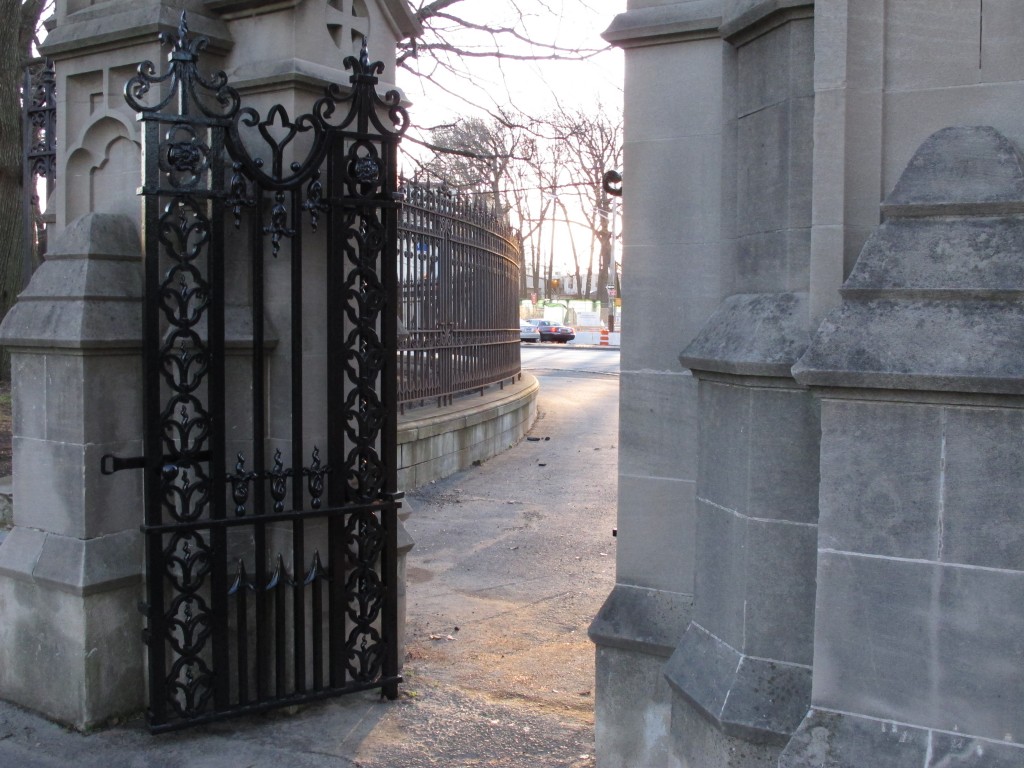 Founder Reverend Absalom Peters said the Woodlawn Cemetery “is not merely a plot of land set apart for burial purposes; it is a place of such beauty it becomes a perpetual memorial of those interred.” (NYC News Service/Patricia Rey Mallén)
Founder Reverend Absalom Peters said the Woodlawn Cemetery “is not merely a plot of land set apart for burial purposes; it is a place of such beauty it becomes a perpetual memorial of those interred.” (NYC News Service/Patricia Rey Mallén)











